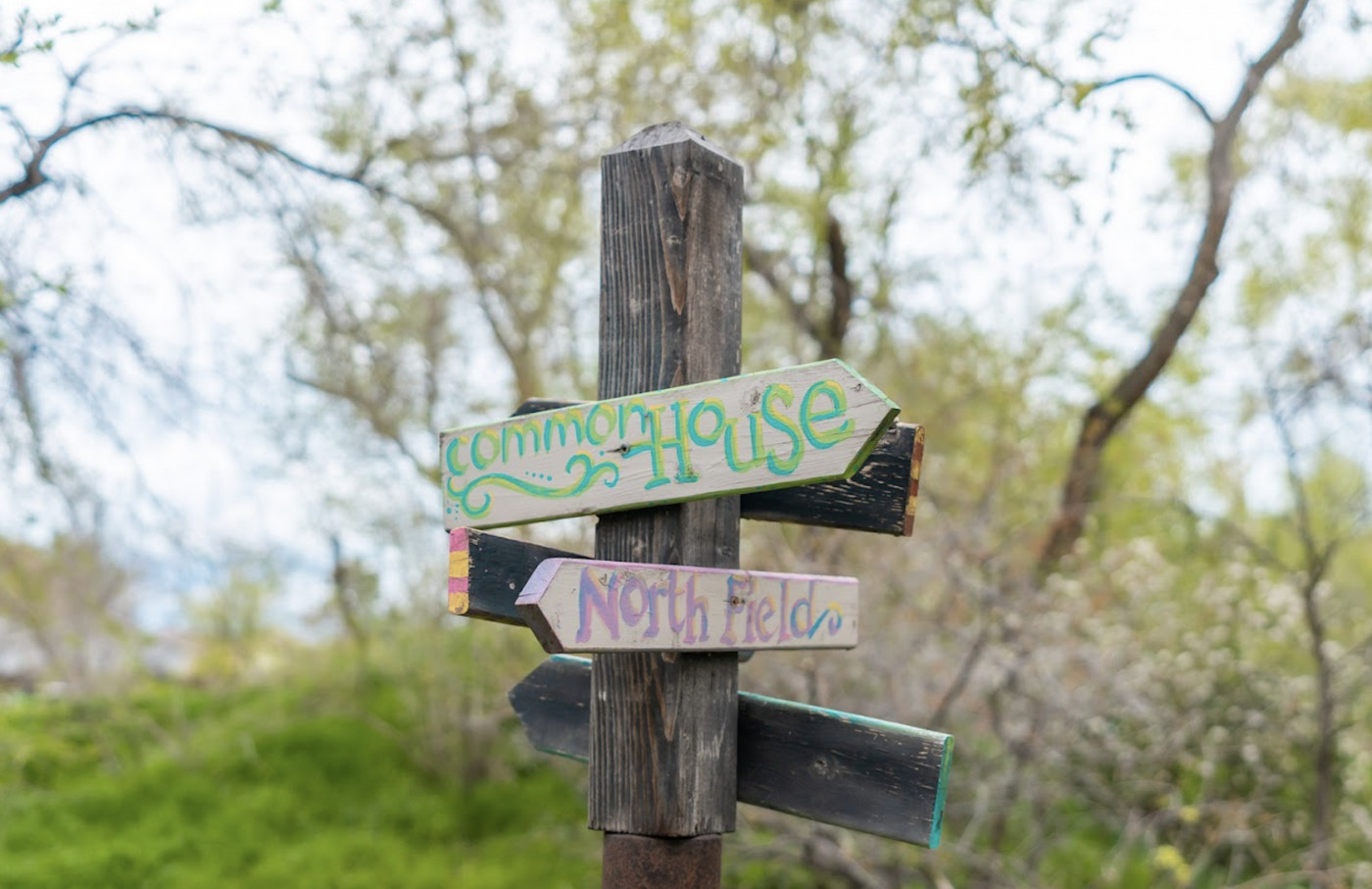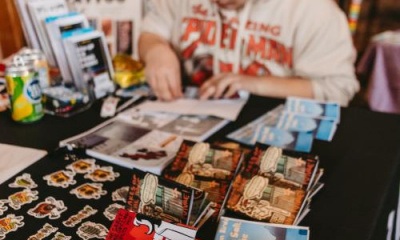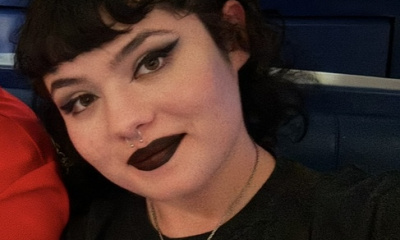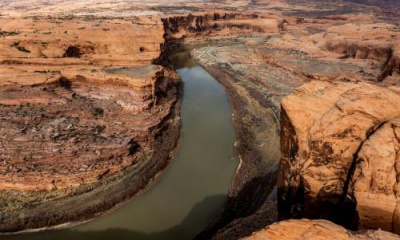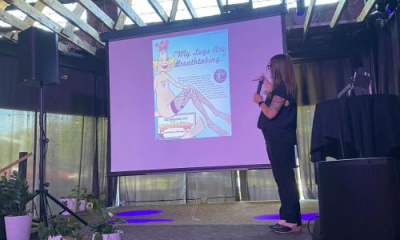Vicky Wason eats meals with her neighbors in a common house, and takes her turn doing chores benefiting all of her neighbors. Her children grew up playing with friends in the commons. She's never bought a lawnmower because she can always borrow someone else's.
Wason, who teaches linguistics at the University of Utah, is one of 50 people living in a tight-knit community on the west side of Salt Lake City. While they use the same spaces and things, Wason said residents of the Wasatch Commons cohousing community in Glendale also share values like cooperation, diversity, accessibility, affordability and sustainability. They’ve made it their goal, Wason said, to prioritize eco-friendly practices in their everyday lives, which they said could help places like the Great Salt Lake.
“We like living simply, and this place has allowed us to do that,” said Wason. “That's part of our values – not consuming too much.”
‘Community shares everything’
Established in 1998, Wasatch Commons is made up of 26 clustered townhouses sharing amenities. The first and only cohousing community in Utah, the founders dreamed of a place where families shared values and companionship, said Wason, who served two years in the Peace Corps before becoming one of Wasatch Commons’ first residents.
“All the things that normal Americans buy, we didn't have to,” said Wason. “I've never bought a shovel or a lawnmower – this community shares everything.”
According to the Cohousing Association of the United States, there are currently over 165 cohousing communities in the United States and another 140 in the planning process. Co-housing communities like Wasatch Commons started in Denmark in the late 1960s and spread across the country.
“We’ve created a community here on the west side, and I know my neighbors really well, they’re down-to-earth people,” said Wason.
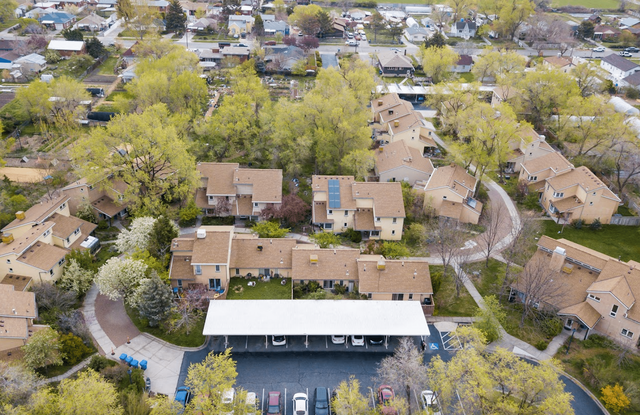
Wasatch Commons residents, who live in a cluster of 26 townhomes, say they share everything from lawnmowers to shared values of environmental sustainability. (Photo courtesy Vicky Wason)
The members of Wasatch Commons said they crave community. Every aspect is orchestrated to foster interaction. Residents share garages, outdoor equipment and yards, Wason said. When walking through the commons, visitors will see children playing inside the shared common house or the adults cooking breakfast together. Meticulously planted flowers and plants adorn the pathway through the neighborhood, a testament to efforts made to beautify their community.
“The children always wanted to play with each other in our community,” said Wason, recalling raising her own kids at Wasatch. “They had a lot of loving people to watch out for them. They got a lot of smiles, hugs and support. People loved on them for their whole life.”
It’s not uncommon to see parties and potlucks with all the neighbors in attendance. Every week, one resident, Wason said, hosts a Saturday cafe and turns on an “open” sign above her kitchen window to announce it’s time to eat. It started, Wason said, when the woman’s husband died suddenly.
“She needed a reason to get up every day,” said Wason. “During the week, she's preparing, cooking, and gathering ingredients, thinking about what she's going to make. That keeps her busy Monday through Friday, and then she hosts cafe Saturdays.”
‘The best we can’
Residents aren’t just bonded by their shared space, they also have a sense of shared responsibility towards the environment around them, including Great Salt Lake. Wood from a railroad line that crossed the lake was reused at Wasatch Commons for beams on porches and inside the common house dining room.
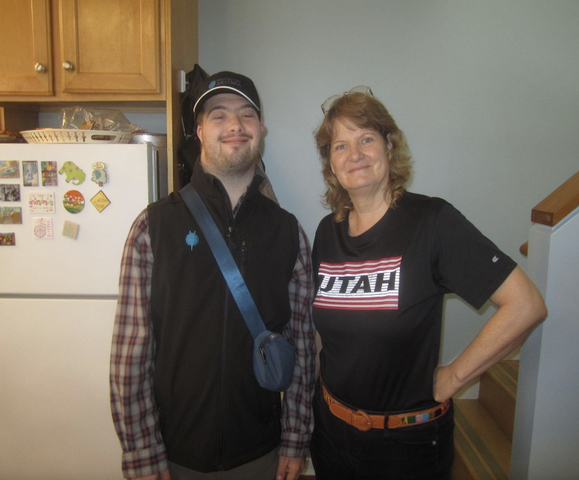
Gerome Bosteels-Tcaciuc and Vicky Wason gather nearly every Saturday with other residents of Wasatch Commons for brunch. (Photo: Tess White)
Just 17 miles east of Great Salt Lake State Park, Wasatch Commons residents, like Gerome Bosteels-Tcaciuc, said the attention the ecological crisis at the lake has received in recent years creates a sense of hope.
“We are trying to save the lake,” said Bosteels-Tcaciuc, who works for Great Salt Lake Artemia, a brine shrimp harvesting company, “but there's a lot of work that needs to be done.”
Like his son, Thomas Bosteels collects brine shrimp cysts, which are harvested as food for commercially grown fish and shrimp. He moved in at Wasatch Commons two years ago, he said, but has been working at Great Salt Lake far longer.
“I’ve been working with this lake since 1985,” said Bosteels, 60. “It means a living, you know, but I think there's an emotional connection there …It’s just beautiful when you are out there in the winter, and you wake up in the morning and see those sunrises and sunsets.”
Bosteels-Tcaciuc, like his father, said the lake is more than a body of water – it’s deeply connected to who he’s become.
“My favorite, favorite memory of the lake,” he said, “is when we went to the lake with my dad and harvested the brine shrimp together.”
While replenishing the lake to ideal levels will require households, lawmakers, industry and farmers to make significant changes, even small adjustments to lower water waste can help to preserve Utah’s environment, according to the Utah Department of Environmental Quality.
With sustainability as one of their core values, residents of Wasatch Commons said they have made it their goal to live as simply as possible, prioritizing eco-friendly practices in their everyday lives.
To help preserve water, for example, residents xeriscape, use drip irrigation and collect rainwater. They know they are only one small community, Wason said, yet they are doing what they can to make a change.
“We’re not perfect, and we don't shame each other,” Wason said. “We’re human beings doing the best we can to meet up to our values.”

